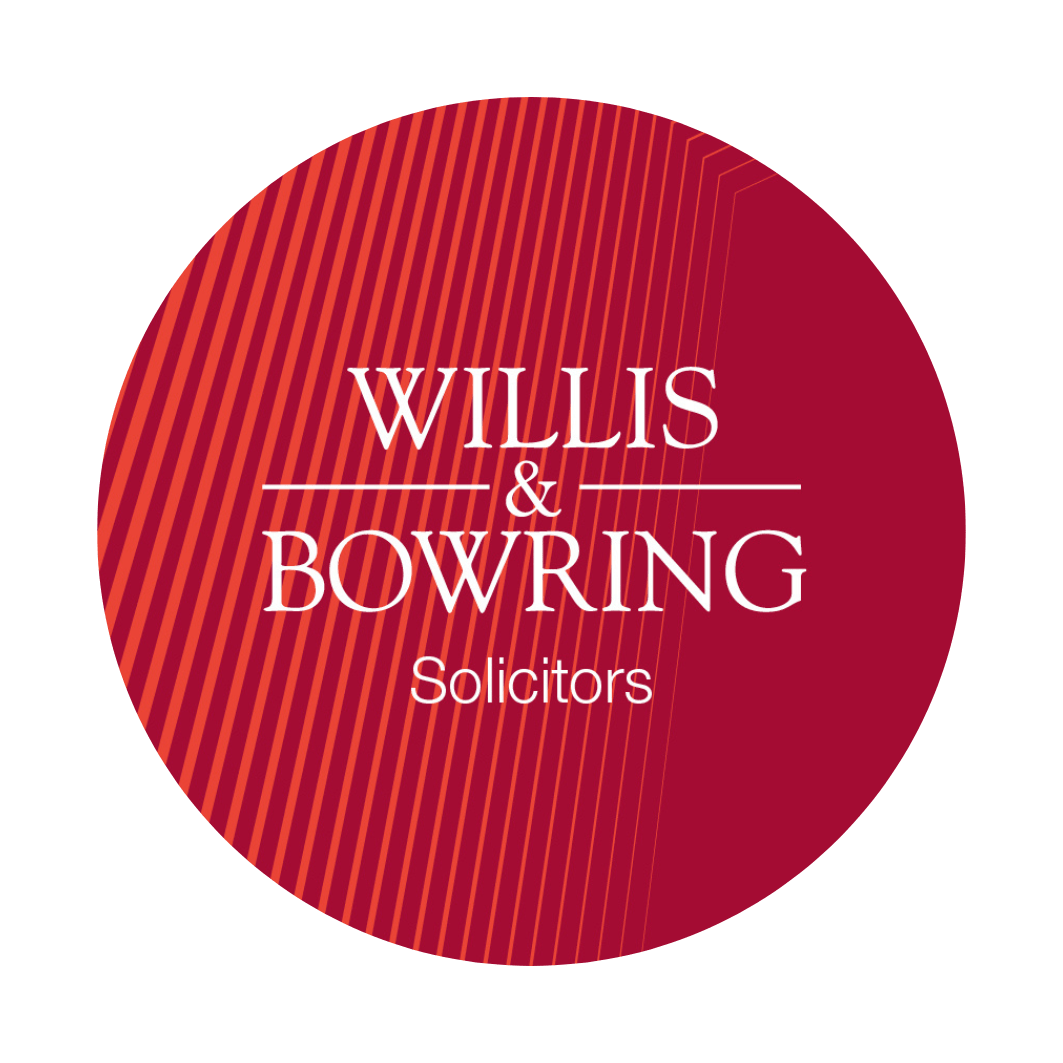What’s in a name?
Often, clients approach me because of the reputation they have built up in their business over the years – a reputation or goodwill that resides in their business name or logo. I am asked to advise on what can be done if another business adopts a name or logo that is the same or similar to theirs (legally known as ‘passing off’), attracting business that rightfully belongs to them. There are many misconceptions about the law relating to business names and trademarks. First, it is necessary to understand the difference between a registered business name and a registered trademark.
Under the Business Names Act (1962), a trader who is conducting business under a name other than the trader’s own name, or involves any addition to its usual trading name is required to register that trading name. The purpose of this is to provide a public register that can be used to identify the persons ‘behind’ the trade name.Business name registration is required in order for a trader to open a business bank account, advertise in the Yellow Pages, purchase from wholesalers at wholesale prices and have business equipment connected. However, it’s important to realise that business name registration does not give a trader any exclusive right to that name.
If someone else begins trading under your name or logo, you do have rights under common law and the Australian Consumer Law. Generally, the right to the exclusive use of a name or logo is based upon establishing a reputation in that name/logo. In this case, another person’s use of the name or logo will amount to a misrepresentation – either that his or her goods are your goods, or that some affiliation exists between the other business and yours. However, the procedures for prosecuting businesses for passing off are lengthy and expensive.
Registering your name or logo as a trademark gives you more certainty of being able to protect your business name so long as that name is used by you as a trademark that means that it is used as a bade of origin of your goods or services. The legal evidence that you need to produce for the court to find in your favour is far less than you would need in the case of passing off. Further, it is possible to obtain an injunction to restrain a breach of your registered trademark, even though you have not previously used it.
Trademark registration benefits:
- It confers a monopoly right on the trademark owner, preventing another from using not only the same trademark, but also trademarks that are substantially identical with, or deceptively similar to, the registered trademark.
- It enables you to stop another from using an identical, substantially identical, or deceptively similar trademark, in relation not only to the exact goods or services for which you have obtained registration, but for closely related goods and services.
- It is public and, consequently, operates as a warning to potential infringers that they risk prosecution if they choose to use your trademark or a substantially identical or deceptively similar trademark.
As indicated above, a trademark must not be the same as or deceptively similar to a trademark already in use, or which is the subject of an earlier trademark application or registration. So, it is advisable to search the public trademarks company and business names database before you seek to adopt, or apply to register, a trademark.
How do you register a business name or trademark?
Registering a business name is relatively simple. You contact ASIC, complete an application form, and pay a fee for three years registration.To register a trademark, you need to lodge a representation of the mark and pay a relatively small filing fee. You need to at least search the Australian Trade Marks Office register for any similar trademark. A qualified trademark examiner then determines whether the trademark meets the criteria for registration.
After you receive the notification of acceptance, the proposed registered trademark goes through a two-month advertising period, during which people have an opportunity to oppose it. If it is not opposed within that two-month period, you pay a further fee to get the trademark registered. The registration is then kept in force for a period of ten years, backdated to the date of filing of the application.
